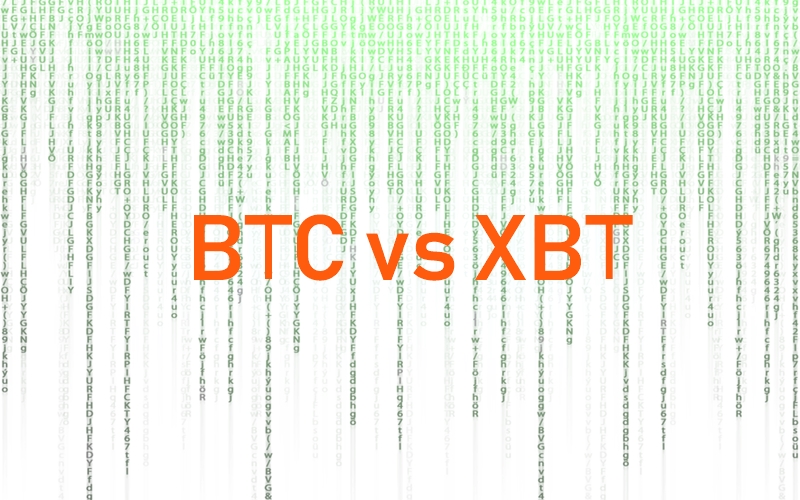 Literally, anyone who knows a thing or two about Bitcoin (or about the crypto sphere in general) knows that BTC is the internationally accepted ticker for the world’s most valuable crypto. However, not everyone knows that there are in fact, two official tickers for Bitcoin. Besides the typical BTC we’ve come accustomed to, there’s also XBT, the second Bitcoin ticker.
Literally, anyone who knows a thing or two about Bitcoin (or about the crypto sphere in general) knows that BTC is the internationally accepted ticker for the world’s most valuable crypto. However, not everyone knows that there are in fact, two official tickers for Bitcoin. Besides the typical BTC we’ve come accustomed to, there’s also XBT, the second Bitcoin ticker.
At this point, it’s understandable if you’re a bit confused and you’re probably wondering “why does the world need two ticker symbols for the same cryptocurrency?” To answer this legit question, we have to first understand what are crypto tickers and discuss everything there in order to provide an accurate and relevant answer.
The basics of crypto tickers
It might come as a surprise for some, but crypto tickers are not actually protected by any copyright law, meaning that there’s no official entity, no governing body which registers or accepts them. There is no standard procedure for naming cryptocurrency tickers, yet. Bitcoin is often associated with the BTC ticker because, well, it makes logical sense to use an acronym that follows the sound of the original name.
Why XBT?
Over the course of Bitcoin’s early life, some have started using the symbol XBT. Therefore, what is XBT? And why it has caught up?
When the popularity of Bitcoin started to skyrocket, many exchanges and official institutions required an official currency code. The problem was that the classic “BTC” ticker name actually violated the international ISO 4217 standard.
According to this standard, the BTC ticker actually goes against the currency of Bhutan. To be more precise, the ISO 4217 standard defines rules for national currencies and their nomenclatures, as well as non-government backed assets such as gold and silver (coded XAU and XAG). The rules dictate that the first two letters of the 3-letter character should denote the country code, and the last latter should denote the initial letter of the national currency.
To give you an idea, the Chinese Yuan is CNY (CN comes from China, and its current national currency is the Yuan), the Japanese Yen is JPY (JP comes from Japan, and its national currency is the Yen), and so forth.
Getting back to our initial point, the “BTC” ticker conflicts with Bhutan’s currency which is BTN (Bhutanese Ngultrum). That is the reason behind the usage of the alternative ticker named “XBT.” The “X” code is provided to all “super currencies” – currencies that pose as a global medium of exchanging money. Another very good example of this is the abbreviation of gold (XAU).
More about XBT
The XBT is definitely not popular, but it is used by various important crypto exchanges such as Kraken and BitMEX. What’s interesting is that there is no official consensus between different cryptocurrency exchanges on what Bitcoin ticker should be universally accepted. That might have to do with the fact that Bitcoin is so massive that its importance actually trumps the importance of tickers.
Just like BTC, the XBT can be split into subunits. One XBT has eight subunits, but the number of decimals may increase over time. Three subunits have reached mainstream adoption within the crypto space. These are mBTC (the millibit – 1/1000 of 1 BTC), the μBTC (the bit – 1/1000000 of 1 BTC) and the Satoshi (1/100000000 of 1 BTC).
Conclusion
At the end of the day, these tickers are interchangeable, and, regardless if you like it or not, they are both here to stay. While BTC will most probably remain the default staple in the Bitcoin (and crypto) community, XBT will most probably gain even more popularity over the following period.
We are sure most of you agree that BTC is the best option, since it naturally sounds more like a short form of “Bitcoin,” and it contains all the important syllables. Nevertheless, it’s worth remembering that XBT is still Bitcoin’s ticker, and should not be confused with other tickers of other cryptocurrencies such as Ripple’s XRP.


